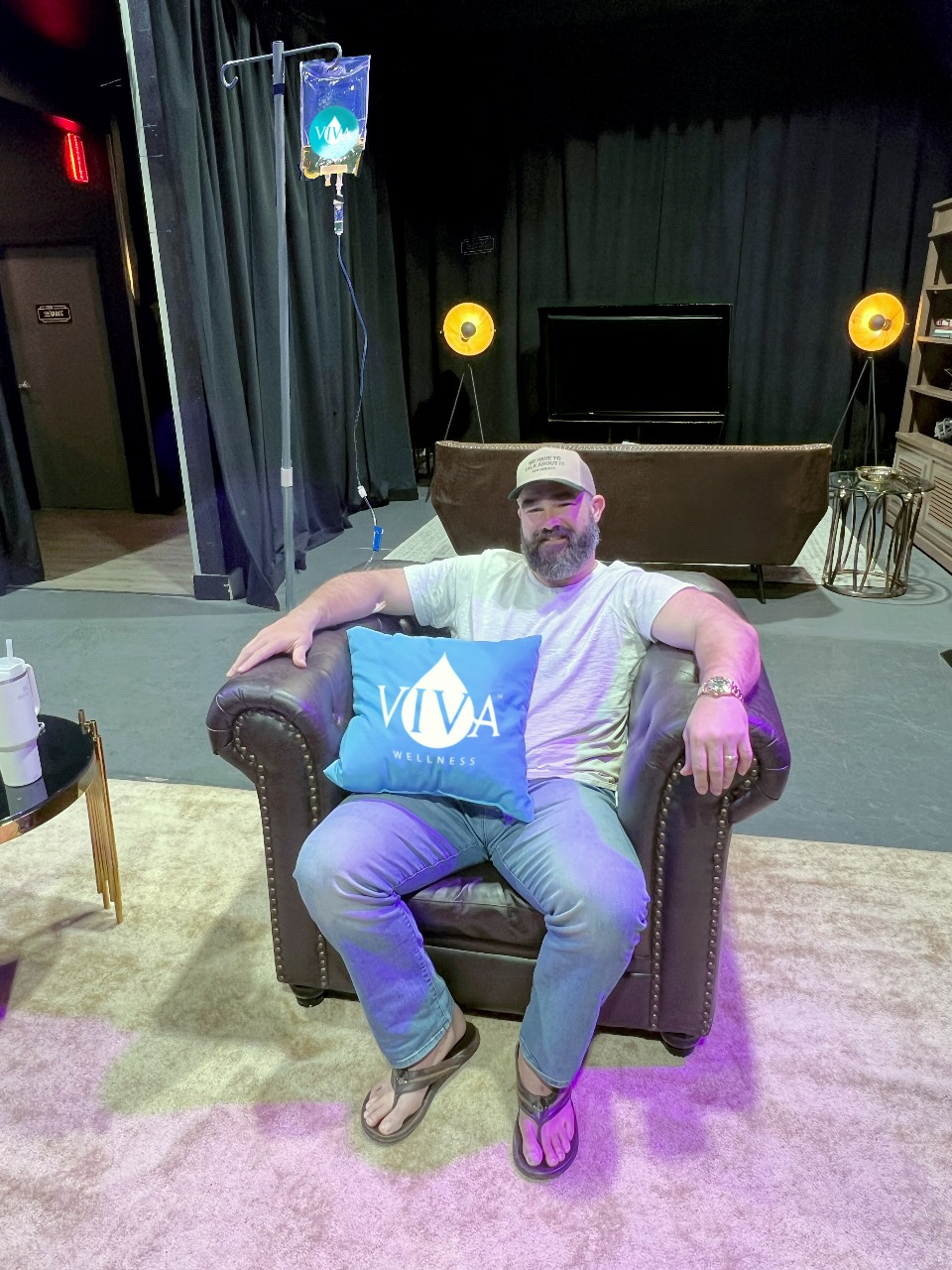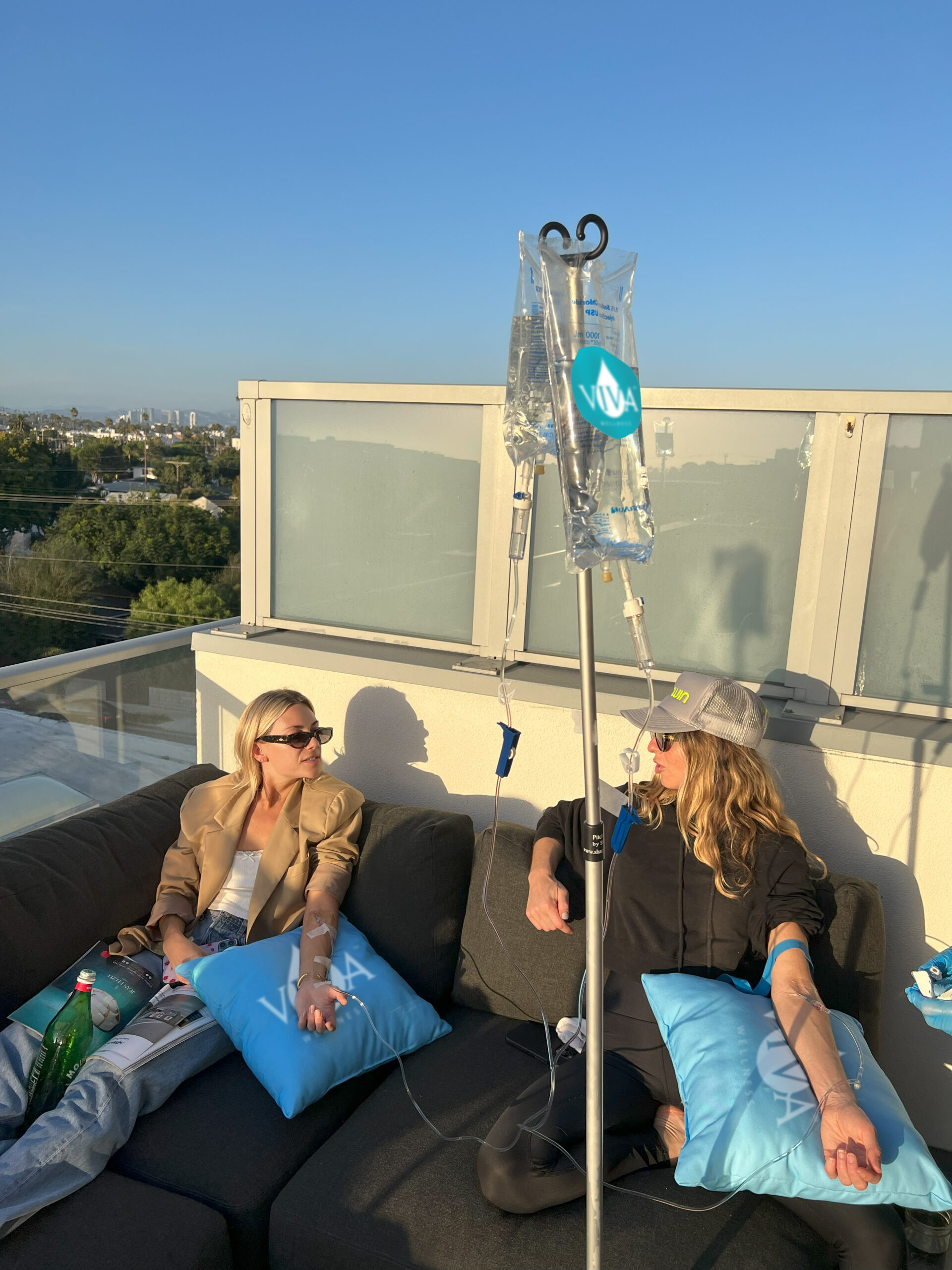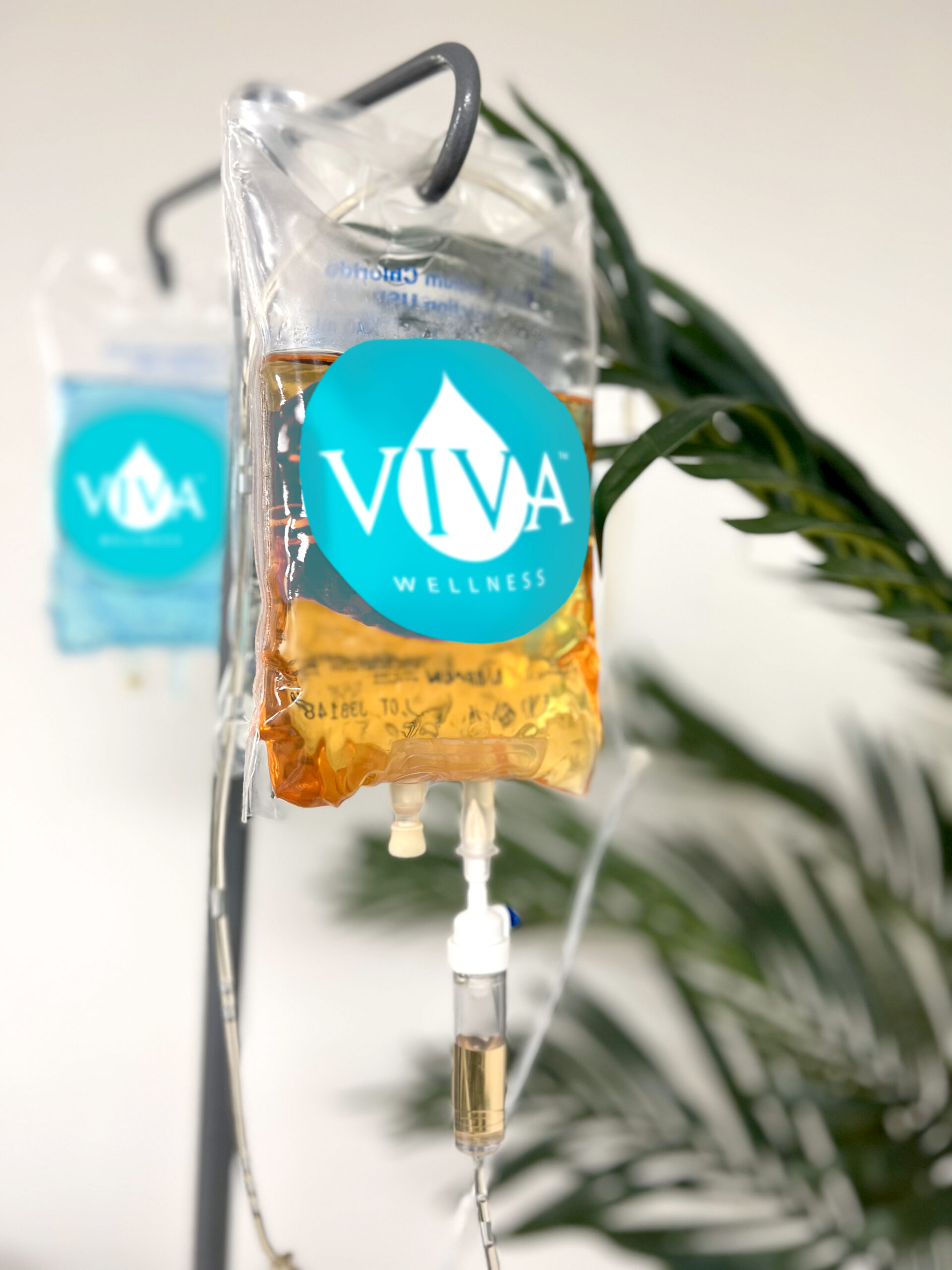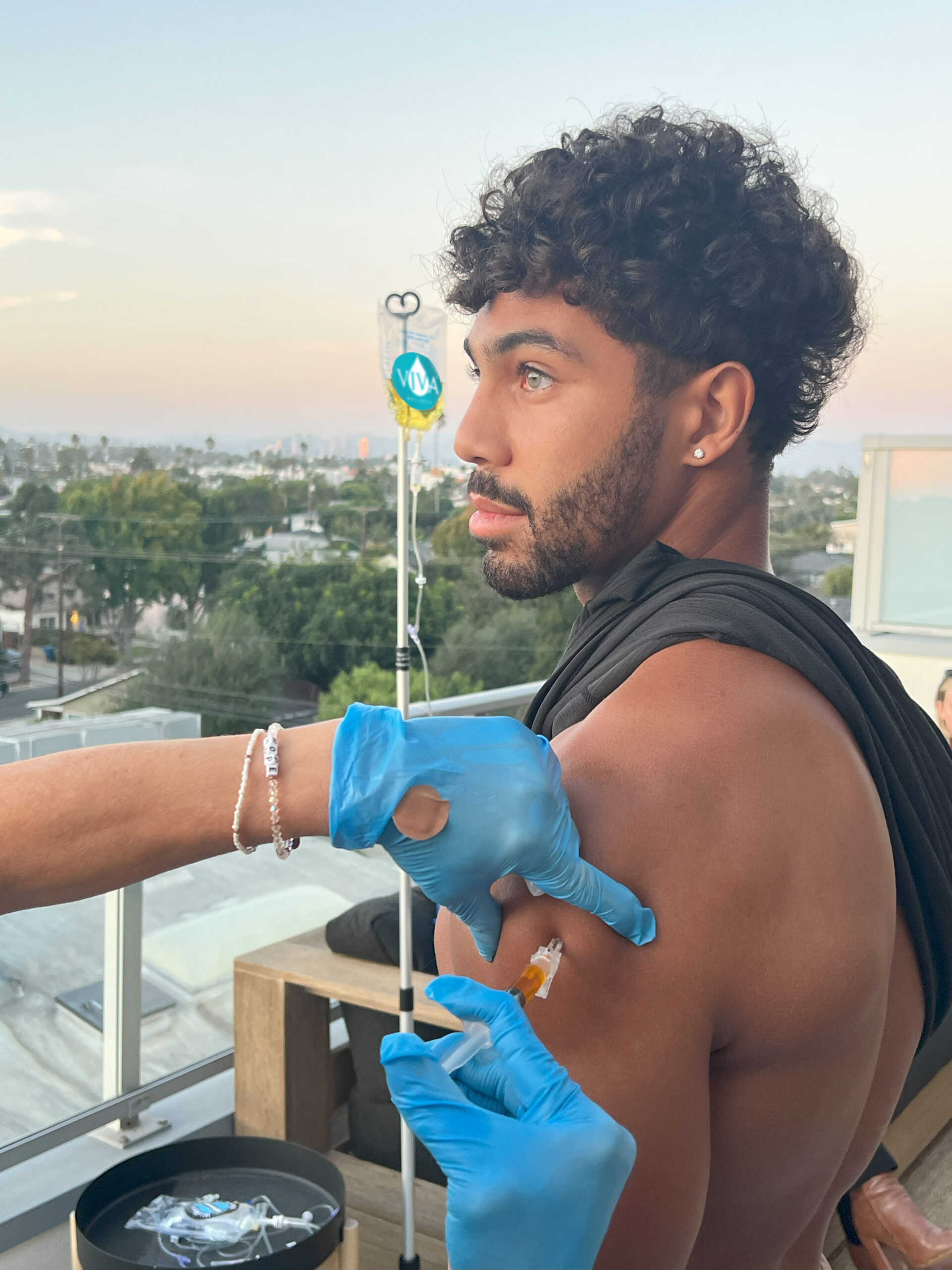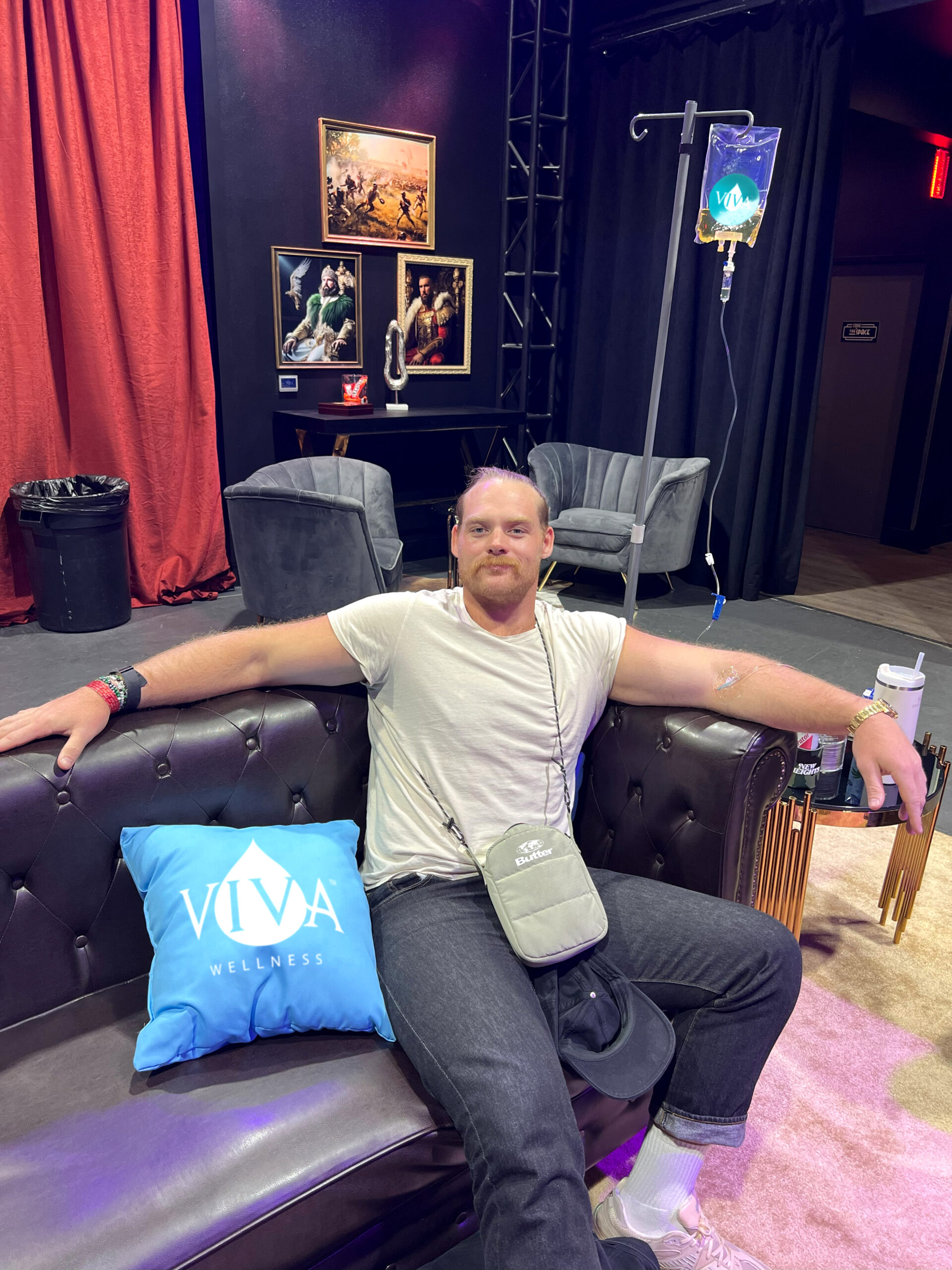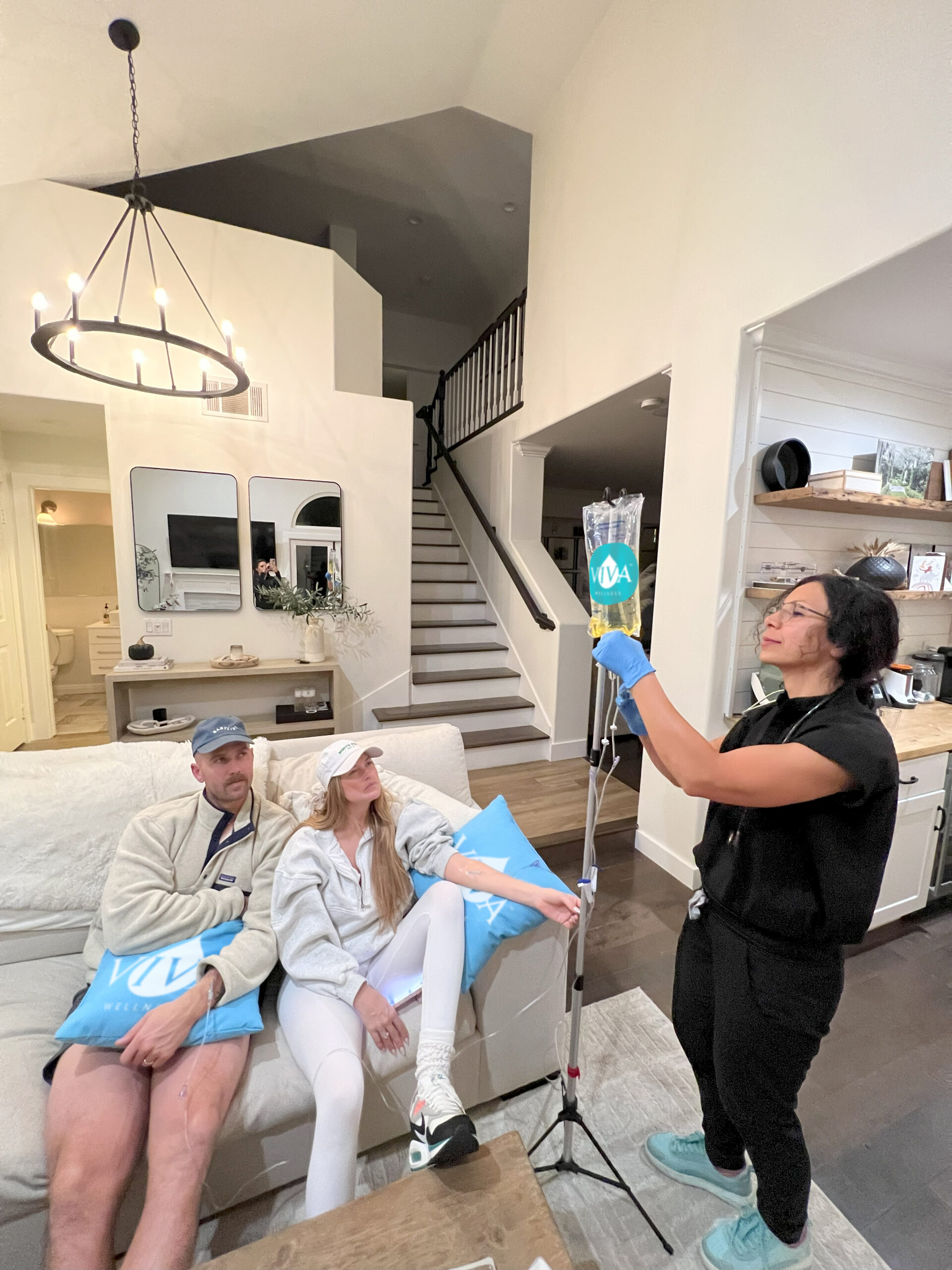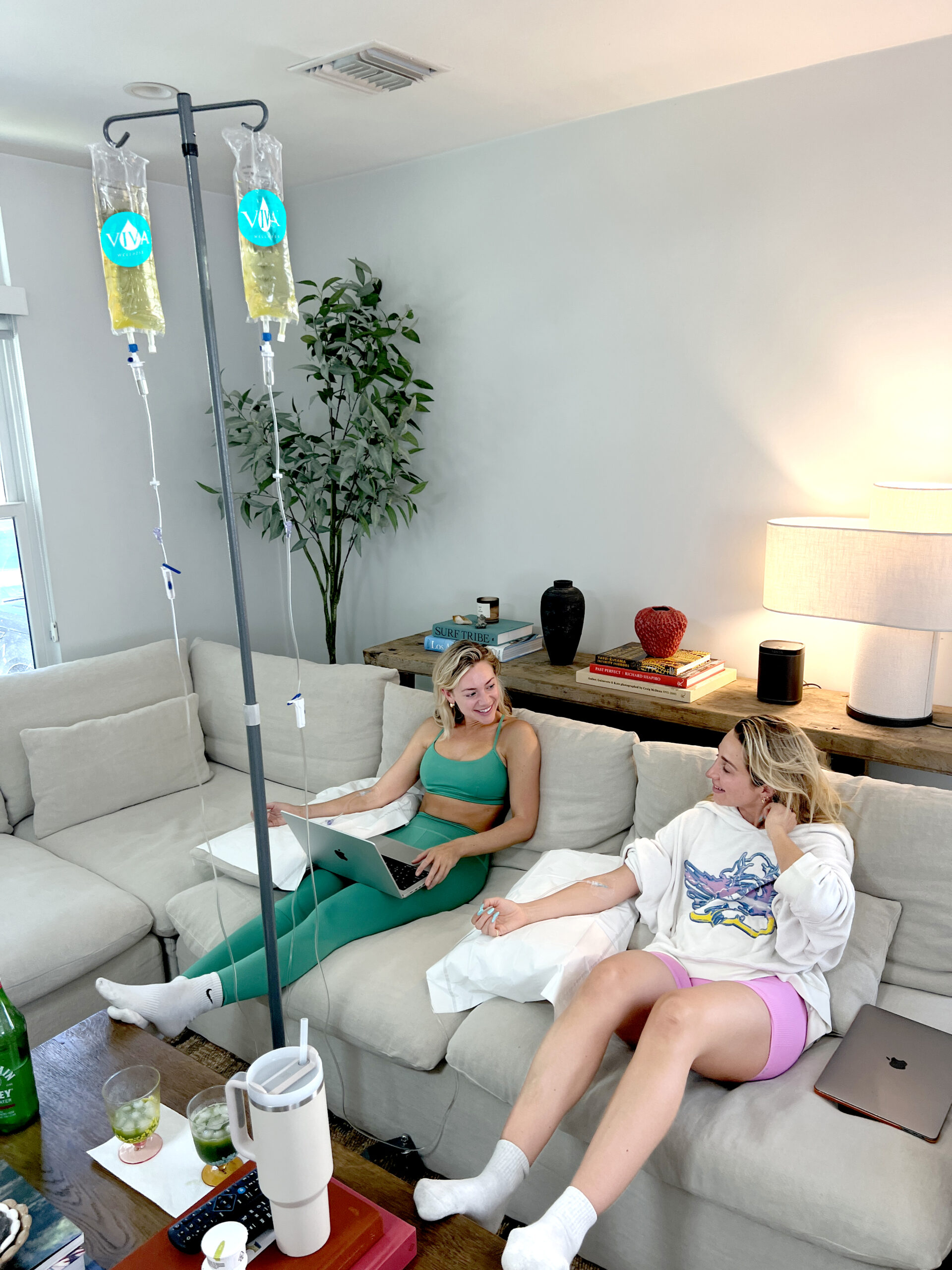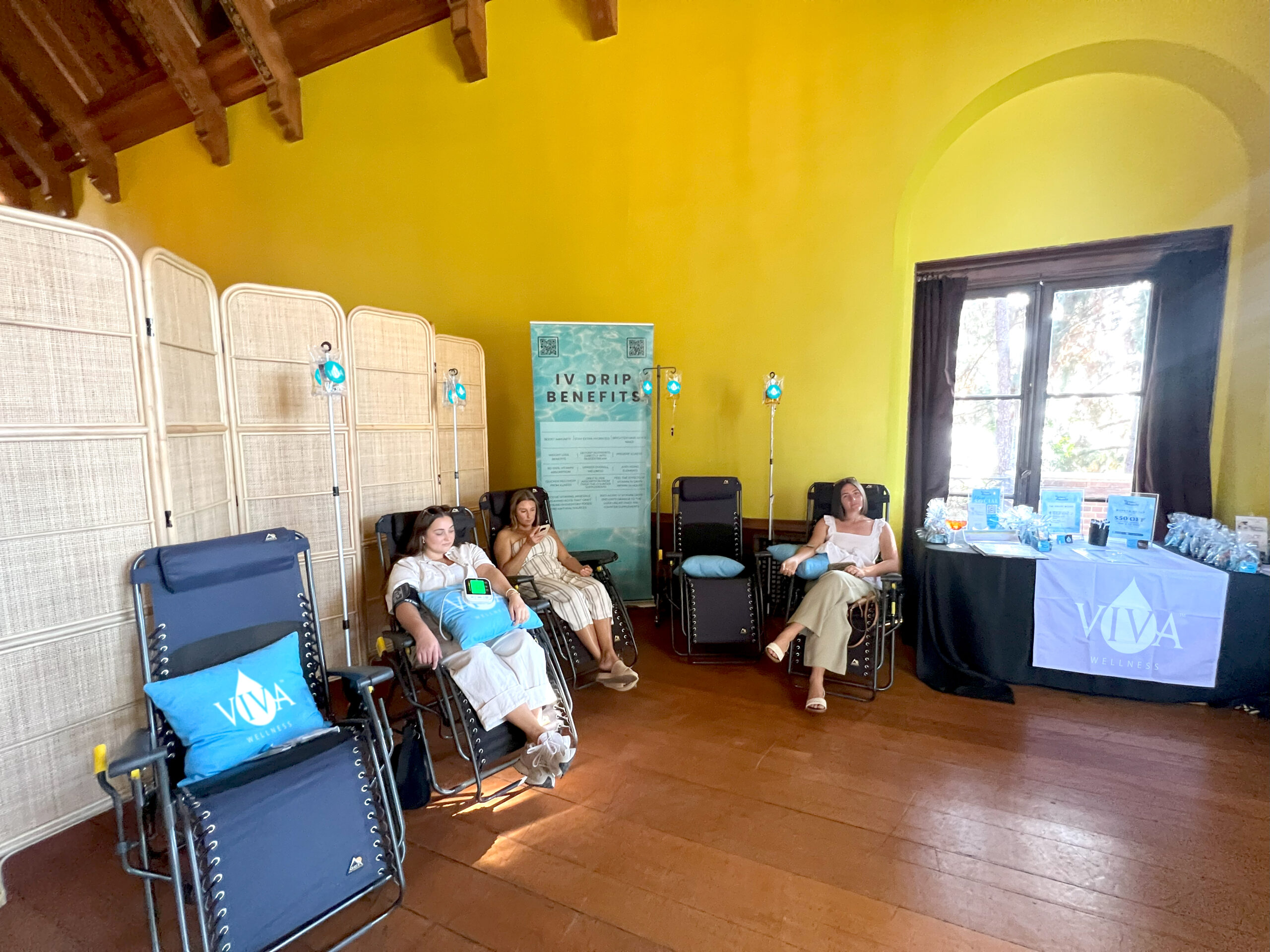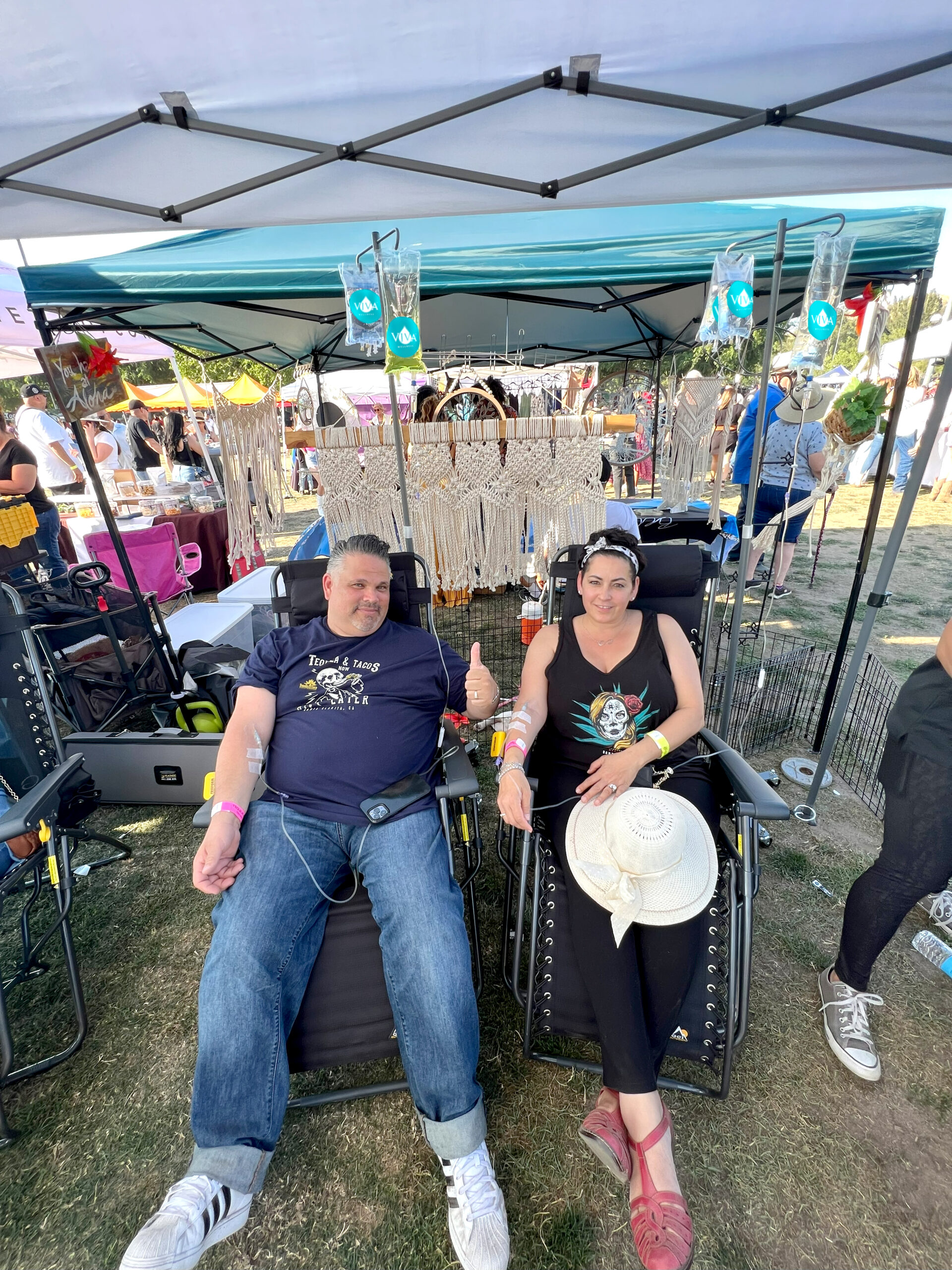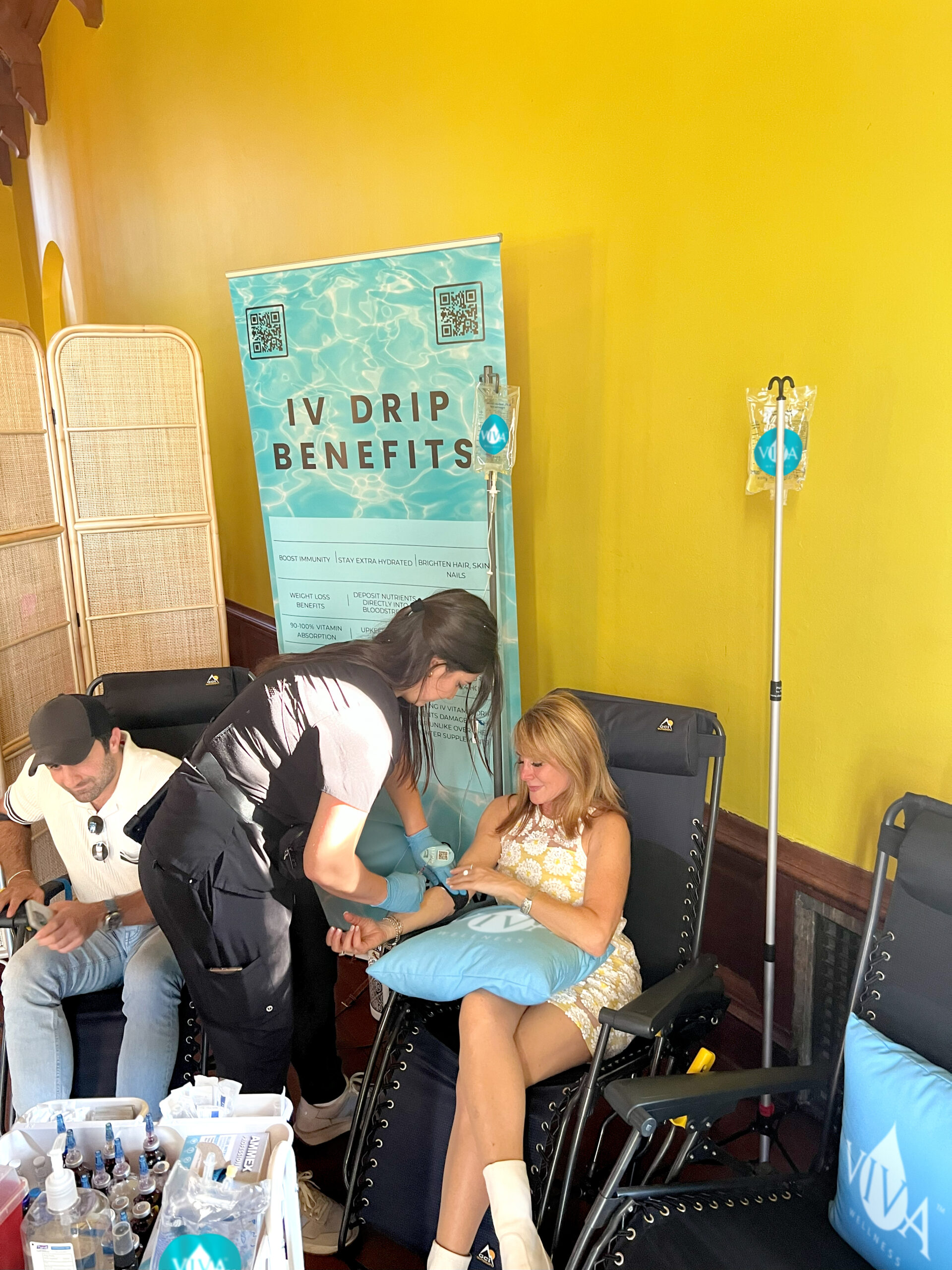Many athletes struggle with tired muscles and slow recovery after tough workouts. IV Therapy offers a safe way to boost post-workout hydration and help restore your body faster. This guide explains how IV Therapy can support athletic recovery, muscle repair, and sports nutrition goals.
Key Takeaways
- IV therapy delivers fluids, electrolytes, amino acids, and vitamins directly into the bloodstream for fast recovery after hard workouts.
- Athletes use IV drips to rehydrate, reduce muscle soreness, and quickly replace nutrients lost during exercise.
- Common IV blends for athletes include hydration solutions, electrolyte mixes, amino acids, vitamins B12, C, D, antioxidants like glutathione, and energy-boosting sugars.
- Choosing the right IV therapy depends on personal recovery needs, possible allergies, and the reputation and safety of the provider.
- While many athletes report faster muscle repair and less fatigue with IV therapy, always consult a healthcare professional before trying it.
What is IV Therapy for Athletes?

IV therapy gives athletes fluids, vitamins, and minerals directly into their bloodstream. This treatment helps boost recovery after tough workouts.
Overview of IV therapy in athletic recovery
Athletes use muscle recovery IV treatments to help their bodies bounce back after intense workouts. Clinics offer IV drip therapy to deliver hydration and nutrients directly into the bloodstream.
This method is suggested as an ergogenic aid to reach euhydration fast and efficiently, especially after strenuous exercise or before a big event like a marathon. Many elite athletes rely on these drips for rehydration, electrolyte replacement, and rapid delivery of amino acids or vitamins that relieve inflammation.
Muscle recovery IV sessions flush out toxins while supporting muscle repair with essential nutrients such as amino acids and vitamins. The process can quickly restore fluid balance, replenish glycogen stores lost during training, reduce muscle soreness, and cut down on fatigue that can hurt next-day performance.
As more athletes seek performance enhancement through better hydration and nutrition, interest in post-workout IV therapy continues to grow across all sports.
Next up: learn how these infusions support recovery after a hard workout.
How IV therapy aids post-workout recovery
IV therapy plays a critical role in post-workout recovery. It reduces inflammation and flushes out toxins from the body. This therapy delivers nutrients directly into the bloodstream, which helps with muscle repair.
Athletes receive amino acids and vitamins that promote rapid recovery after intense training sessions or competitions.
Replenishing lost fluids and electrolytes is essential for all athletes, especially after workouts. IV therapy effectively restores fluid balance while quickly replenishing glycogen stores.
This efficient method also lowers inflammation, ensuring better performance for the next day’s activities. As more athletes recognize its advantages, they increasingly embrace IV therapy to enhance their recovery processes.
IV therapy supports recovery by delivering nutrients that promote muscle repair and reduce inflammation.
Benefits of IV Therapy for Workout Recovery
IV therapy offers effective rehydration and replenishes essential electrolytes. This treatment accelerates muscle recovery and helps reduce fatigue, allowing athletes to bounce back quicker after intense workouts.
Rehydration and replenishment of electrolytes
Athletes lose fluids and electrolytes during workouts. IV therapy quickly replenishes these lost nutrients. It helps restore fluid balance efficiently after intense exercise. This rehydration is essential for all athletes to maintain peak performance.
Electrolyte replacement supports better muscle function and prevents cramping.
By delivering hydration directly into the bloodstream, IV drip therapy boosts recovery times. Athletes experience reduced fatigue and faster muscle repair following treatment. Many now embrace this method to optimize their training outcomes and enhance overall wellness.
Faster muscle recovery and reduced fatigue
IV therapy supports faster muscle recovery and reduces fatigue for athletes. This treatment delivers crucial nutrients directly into the bloodstream. It flushes out toxins and supplies amino acids and vitamins necessary for muscle repair.
By reducing inflammation, IV therapy helps athletes bounce back quicker after intense workouts.
Restoring fluid balance is vital. IV therapy replenishes fluids lost during exercise efficiently. Athletes experience improved hydration levels through this method. With enhanced energy levels, they can train harder and perform better in their next session.
Choosing the Right IV Therapy for Athletes
Choosing the right IV therapy can be crucial for athletes. Different formulations target specific needs, so consider your recovery goals.
Common IV formulations for athletic performance
Athletes use different types of IV formulations to support performance and recovery. These formulations help replenish essential nutrients quickly following intense workouts.
- Hydration solutions provide athletes with the fluids needed to maintain euhydration. They restore fluid balance after sweating during workouts or competitions.
- Electrolyte blends feature vital minerals like sodium, potassium, and magnesium. These minerals are crucial for proper muscle function and help prevent cramps.
- Amino acid infusions promote muscle repair and growth. They ensure that athletes receive the building blocks necessary for recovery.
- Vitamin cocktails deliver essential vitamins such as B12, C, and D directly into the bloodstream. These vitamins boost immune function and enhance energy levels.
- Antioxidant-rich formulas contain substances like glutathione or vitamin C to combat oxidative stress. Athletes often rely on them to reduce inflammation after training sessions.
- Energy-boosting drips include carbohydrates in the form of sugars or dextrose. These carbohydrates replenish glycogen stores more efficiently for sustained energy during future workouts.
- Specialized blends may target specific needs such as fatigue reduction or injury management. Many athletes choose these options based on their personal goals or challenges faced.
- Multi-nutrient formulations combine several benefits into one drip, ensuring comprehensive support for athletic performance and recovery needs.
Selecting the right formulation can make a significant difference in an athlete’s post-workout recovery process and performance effectiveness.
Factors to consider when selecting IV therapy
IV therapy provides a fast way to support athletic recovery. It helps athletes regain hydration and essential nutrients quickly.
- Assess the specific needs of your body. Consider how much fluid and what types of nutrients you require after workouts.
- Look for formulations that include amino acids and vitamins. These components help muscle repair and reduce inflammation.
- Evaluate the ingredients in each IV blend. A good mix enhances energy levels and improves hydration, crucial for peak performance.
- Check whether the therapy provider tailors treatments for athletes. Customization can significantly benefit recovery outcomes.
- Understand any potential allergies or sensitivities to ingredients. Knowing this avoids adverse reactions during therapy sessions.
- Investigate if the provider uses safe practices for administration. Ensure they follow industry standards to minimize risks.
- Research customer reviews or testimonials about specific providers. Feedback gives insight into effectiveness and customer satisfaction.
- Schedule a consultation before starting treatment. This allows you to discuss goals and expectations with a healthcare professional.
Selecting the right IV therapy involves careful consideration, as it can impact recovery success directly.
Conclusion
Athletes find value in IV therapy for their recovery needs. This treatment rehydrates and replenishes electrolytes efficiently. It promotes muscle repair by delivering essential nutrients directly into the bloodstream.
Athletes can enhance energy levels while reducing soreness after intense workouts. Embracing this method may lead to better performance on future training days.
FAQs
1. What is IV therapy for athletes after a workout?
IV therapy for athletes is a method where fluids, vitamins, and minerals go directly into the bloodstream. This helps the body recover faster after intense exercise.
2. How does IV therapy help with workout recovery?
IV therapy restores lost fluids and electrolytes quickly. It can reduce muscle soreness and speed up muscle repair after tough training.
3. When should athletes use IV therapy for recovery?
Athletes should consider IV therapy after long or intense sessions. It is most useful when regular hydration or food does not help fast enough.
4. Are there risks with using IV therapy for workout recovery?
IV therapy is safe when done by trained medical staff. Risks include infection, bruising, or allergic reactions. Always consult a healthcare professional before starting IV therapy.




